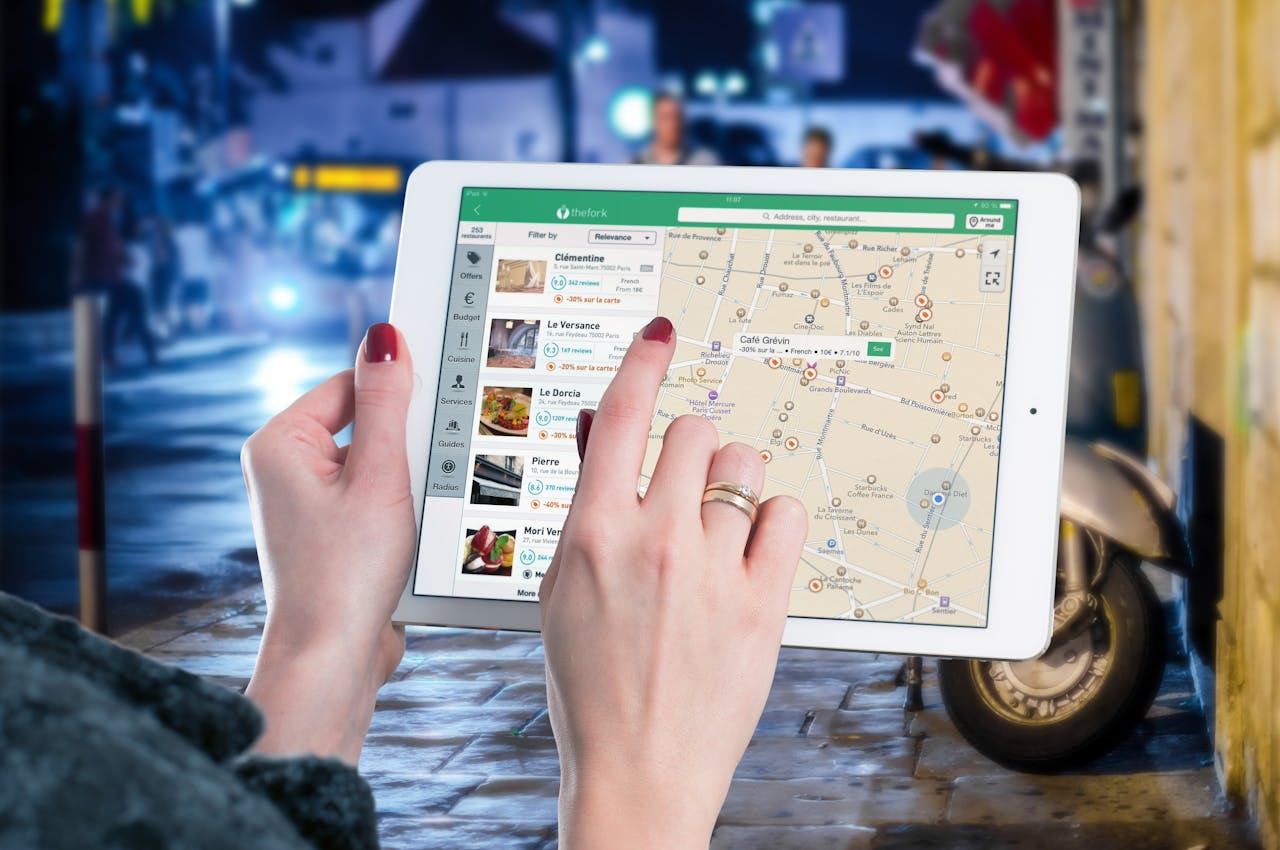
The rise of AI-powered answers in Google Search is devaluing traditional websites. For local businesses, the primary channel for customer acquisition is now the Google Business Profile (GBP), which serves as the main data source for both AI and users. A high rating (4.5 stars and up) and a large number of recent reviews are the key deciding factors for customers. A case study from the pandemic proves that systematically collecting reviews can not only ensure a business's survival but also make it number one in its niche.
I've been in the restaurant business since 2006. Over these 19 years, I've gone from creating and managing my own restaurant chain to implementing IT solutions for the very same industry. The most important lesson I've learned came during the COVID pandemic. When my business was forced to switch entirely to delivery, we survived and became number one in our city's niche for one reason only: we implemented a system for automatically collecting reviews, which raised our rating to 4.9. This experience forced me to deeply analyze what really works in marketing today. Here are the conclusions I've reached.
The rules of the game have changed. Increasingly, Google doesn't show a list of links but instead provides a single, comprehensive answer generated by artificial intelligence at the very top of the page (AI Overviews).
The AI reads dozens of websites and compiles a single summary from them. The user gets the answer to their question without ever clicking on a single link. This means all your investments in your website's SEO are at risk of becoming worthless.
In this new reality, there is one asset that will not only survive but will become even more critical. That asset is your Google Business Profile (GBP), visible on Google Maps.
Why is it so important?
It's the primary source for AI. To generate its answer, Google's AI will primarily turn to its own, most reliable and structured data—the profiles on Maps.
It's hyperlocal. Maps always knows the user's physical location. For any offline business—from a restaurant to a hair salon—this is the deciding factor. The system will always show the most relevant results based on geolocation.
It's social proof. A Google Maps profile is a living ecosystem, constantly updated with fresh reviews, photos from guests, and current information. This is what people and algorithms trust.
When a potential customer opens Maps and sees 10 restaurants around them, how do they make a decision in 5 seconds?
They look at two numbers:
The average rating.
The number of reviews.
In any competitive city, most users won't even consider options with a rating below 4.5 stars. This is a pragmatic, yet real, filter that eliminates a large portion of businesses. Your first and most important job is to get past it.
Your website isn't disappearing completely, but its role has become technical and secondary. It’s important as a sign of a serious business and as an SEO asset that lends its authority and quality to help your Google Maps profile rank higher. But it's no longer the front door for your customers. Your new front door is your pin on the map.
On the pages of this blog, I will be sharing specific, field-tested ways to increase your rating and attract customers through Google Maps. My goal is to give you real value, regardless of whether you become a TrueStars customer.
But if you want to get results faster…
Ready to start systematically getting 5-star reviews and dominating local search?
Escolha a categoria primária mais específica que corresponda ao que os hóspedes procuram principalmente (ex., Restaurante de pizza, não apenas Restaurante). Adicione 2-4 categorias secundárias relevantes para cobrir serviços-chave (ex., Restaurante italiano, Serviço de entrega, Restaurante para viagem). Evite qualquer coisa que você não ofereça realmente.
Os cartões de avaliação NFC usam tecnologia de comunicação de campo próximo para direcionar clientes ao seu perfil do Google Business para avaliações. Eles são permitidos pelo Google desde que você não incentive ou filtre avaliações, e siga as políticas de avaliação do Google.
As estimativas de receita são calculadas com base em ações do cliente como chamadas, solicitações de direções e visitas ao site do seu perfil do Google Business, combinadas com taxas de conversão da indústria. A precisão varia, mas fornece uma boa linha de base para medir o impacto do SEO local.
Poste 2-3 vezes por semana com uma mistura de: destaques de produtos/serviços, conteúdo nos bastidores, depoimentos de clientes, ofertas especiais e anúncios de eventos. Use imagens de alta qualidade e inclua palavras-chave relevantes naturalmente.
Responda profissionalmente e rapidamente. Reconheça a preocupação deles, peça desculpas pela experiência, ofereça resolver o problema offline e forneça informações de contato. Seja breve, não fique na defensiva e mostre a outros clientes potenciais que você se importa com a qualidade do serviço.
Foque em: 1) Seu serviço principal + localização (ex., 'pizza centro'), 2) Nome do seu negócio, 3) Nomes de concorrentes, 4) Categoria + 'perto de mim', e 5) Serviço + nome do bairro. Rastreie rankings mensalmente e ajuste com base no volume de pesquisa e competição.
Conecte o Google, obtenha sua lista de verificação e ative os elementos essenciais em minutos
Começar agora